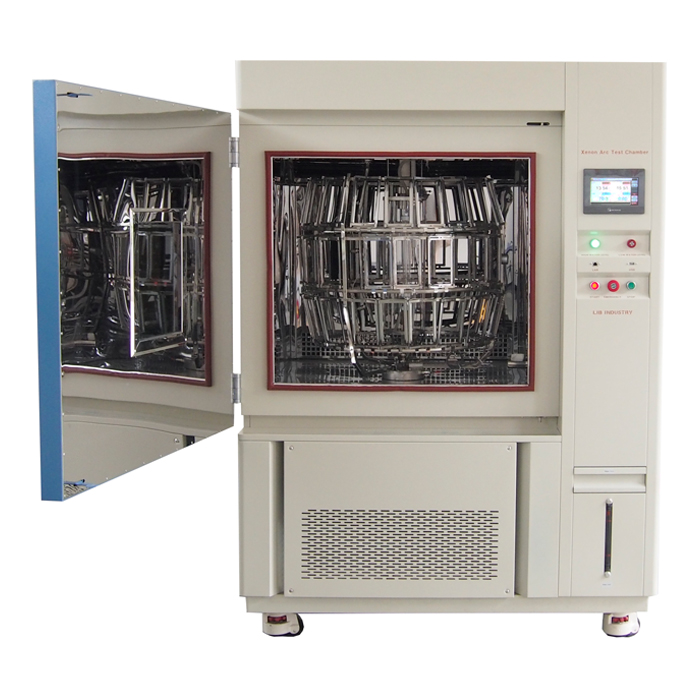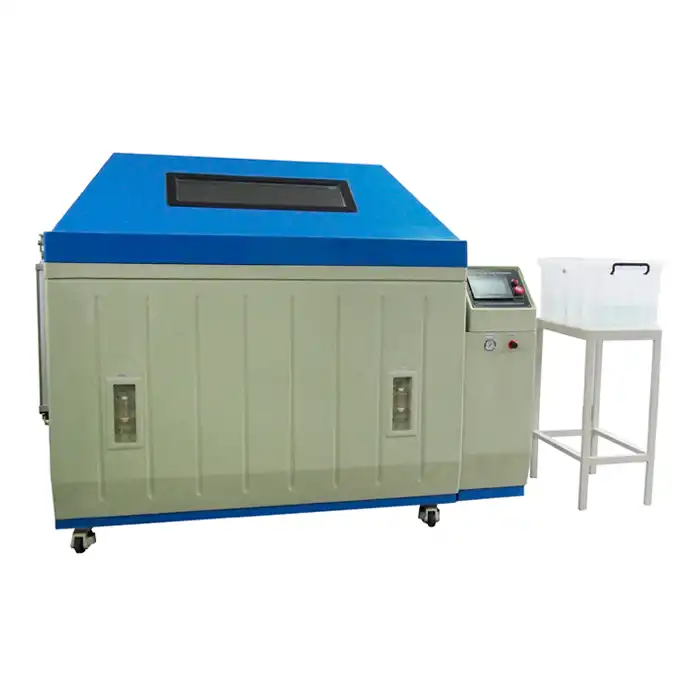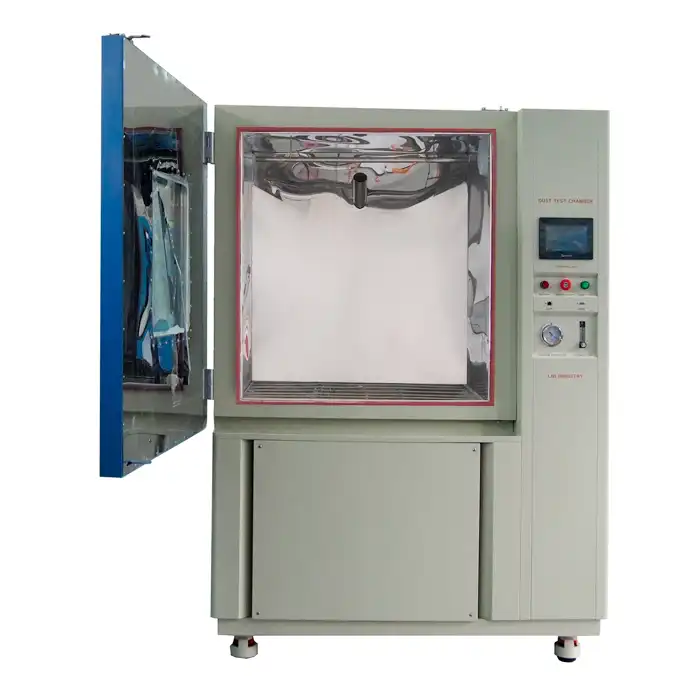What is the difference between quv and xenon?
In the world of environmental testing, understanding the difference between QUV (Quick Ultraviolet) and xenon test chambers is crucial for achieving accurate results. These testing methods are essential for various industries to ensure their products can withstand different environmental conditions. In this blog, we will explore the key differences between QUV and xenon test chambers, focusing on their applications, benefits, and how they contribute to product durability and performance.
What Are the QUV Test Chambers?
QUV Testing
QUV testing, or Quick Ultraviolet testing, involves exposing materials to simulated sunlight using UV lamps. This process helps in determining the material’s resistance to UV radiation, which is a common cause of material degradation. QUV test chambers are designed to mimic the effects of sunlight, dew, and temperature changes, which are critical factors in the aging of materials.
Applications of QUV Testing
QUV testing is widely used in industries where products are frequently exposed to outdoor conditions. These include:
- Automotive: Testing paints, coatings, and plastic parts to ensure they can withstand prolonged exposure to sunlight.
- Construction: Evaluating the durability of building materials such as roofing, siding, and windows.
- Textiles: Ensuring fabrics used in outdoor clothing and furniture are resistant to UV radiation.
Benefits of QUV Testing
The primary benefit of QUV testing is its ability to accelerate the aging process, allowing manufacturers to predict the lifespan of their products more quickly. By exposing materials to concentrated UV radiation, manufacturers can identify potential issues and improve their products before they reach the market. Additionally, QUV testing is cost-effective and provides consistent results, making it a popular choice for quality assurance.
What Are the Xenon Test Chambers?
Xenon Testing
Xenon testing involves using xenon arc test chamber to replicate the full spectrum of sunlight, including UV, visible light, and infrared radiation. Xenon test chambers simulate real-world weather conditions, including rain, humidity, and temperature fluctuations, providing a comprehensive assessment of material durability.
Applications of Xenon Testing
Xenon test chambers are used in a wide range of industries, similar to QUV test chambers, but with some differences in application focus:
- Automotive: In addition to testing paints and plastics, xenon testing is used for evaluating interior components that are exposed to sunlight through windows.
- Aerospace: Assessing the durability of materials used in aircraft, which are subjected to extreme environmental conditions.
- Consumer Goods: Testing products like outdoor furniture, packaging, and electronics to ensure they can withstand diverse weather conditions.
Benefits of Xenon Testing
The primary advantage of xenon testing is its ability to provide a more accurate simulation of natural sunlight. This is crucial for products that will be exposed to a wide range of environmental conditions. Xenon test chambers produced by xenon test chamber manufacturers can also simulate the effects of humidity and temperature, providing a more comprehensive evaluation of material properties. This makes xenon testing ideal for products that require high reliability and long life.
What Are the Key Differences Between QUV and Xenon Test Chambers?
Light Source and Spectrum
One of the most significant differences between QUV and xenon test chambers is the light source. QUV test chambers use UV lamps that emit UV radiation, focusing primarily on the short-wave ultraviolet part of the spectrum. In contrast, xenon test chambers use xenon arc lamps that produce a broader spectrum of light, closely mimicking natural sunlight, including UV, visible, and infrared light.
Environmental Conditions Simulated
QUV test chambers primarily simulate UV radiation and its effects on materials, along with temperature and humidity changes to a lesser extent. Xenon test chambers, on the other hand, can simulate a broader range of environmental conditions, including full-spectrum sunlight, rain, and temperature fluctuations. This makes xenon testing more versatile and applicable to a wider range of products and industries.
Testing Accuracy and Realism
While QUV testing is effective for predicting the impact of UV radiation on materials, it does not provide a complete picture of how a material will perform in real-world conditions. Xenon testing, with its ability to replicate the full spectrum of sunlight and additional environmental factors, offers a more accurate and realistic assessment of material durability.
How to Choose the Right Test Chamber for Your Needs?
When selecting between QUV and xenon test chambers, it is essential to consider the specific requirements of your product and industry. If your primary concern is UV resistance and you are looking for a cost-effective testing method, QUV test chambers may be the right choice. However, if you need a comprehensive assessment of your product’s performance in various environmental conditions, xenon test chambers are likely the better option.
Ultimately, both QUV and xenon test chambers play a crucial role in ensuring product durability and performance. By understanding the differences between these testing methods, manufacturers can make informed decisions and develop products that meet the highest standards of quality and reliability.
Conclusion
In conclusion, both QUV and xenon test chambers are vital tools in environmental testing, each serving unique purposes based on their simulation capabilities. QUV test chambers excel in assessing UV resistance and provide a cost-effective solution for industries focused on UV degradation. Xenon test chambers, however, offer a more comprehensive evaluation by replicating full-spectrum sunlight and a range of environmental conditions, making them ideal for high-stakes applications. By choosing the appropriate test chamber, manufacturers can ensure their products meet rigorous durability standards and perform reliably in diverse conditions.
For more information on xenon test chambers and how they can benefit your product testing, please contact us at info@libtestchamber.com. Our experts are here to help you choose the right solution for your environmental testing needs.
References
1. ASTM International. (2021). Standard Guide for Xenon Arc Testing of Plastics. ASTM G155.
2. American Society for Testing and Materials (ASTM). (2020). Standard Practice for Accelerated Weathering using UV and Xenon Arc Lamps. ASTM D4141.
3. Wiley, R. B., & Taylor, J. S. (2019). The Basics of Xenon Weathering and Its Applications. Journal of Polymer Science, 57(3), 292-305.
4. Schmidt, C. J. (2018). QUV vs. Xenon Testing: Comparing Methods for Material Durability. Materials Performance, 57(4), 26-35.
5. Jackson, R. R., & Smith, H. L. (2020). Understanding Environmental Testing: QUV and Xenon Chambers. Journal of Testing and Evaluation, 48(5), 739-748.
6. Baker, S. M. (2017). Advancements in Xenon Arc Weathering Chambers. Polymer Testing, 63, 1-12.



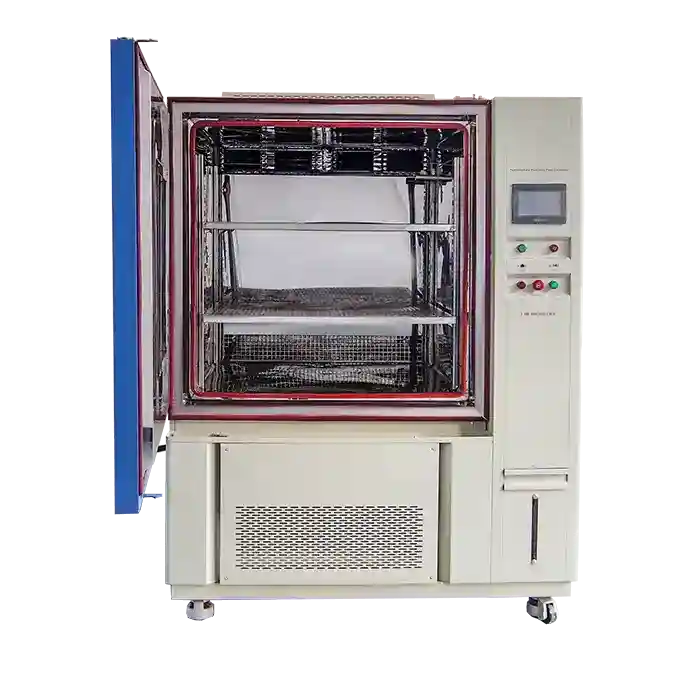
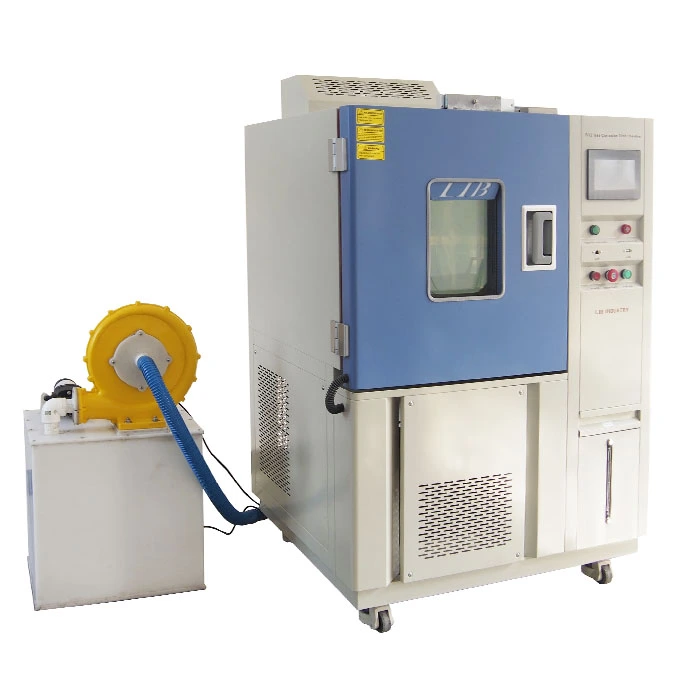
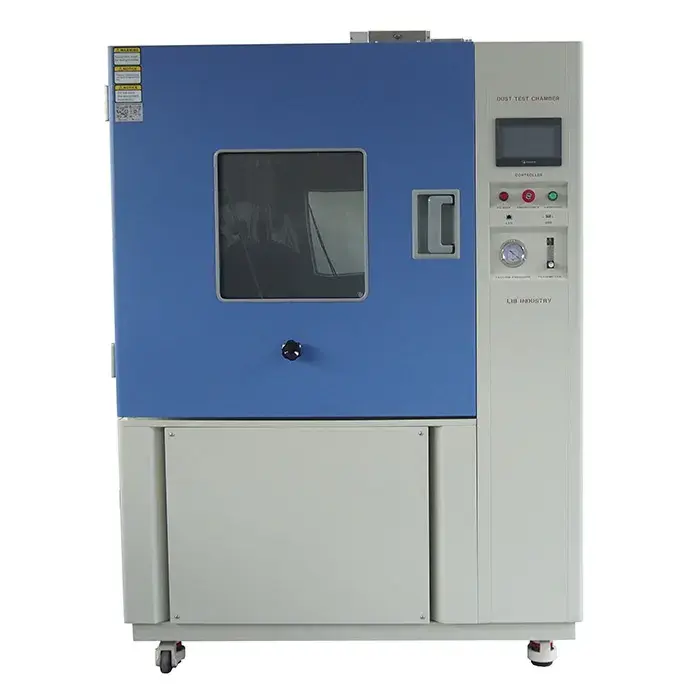
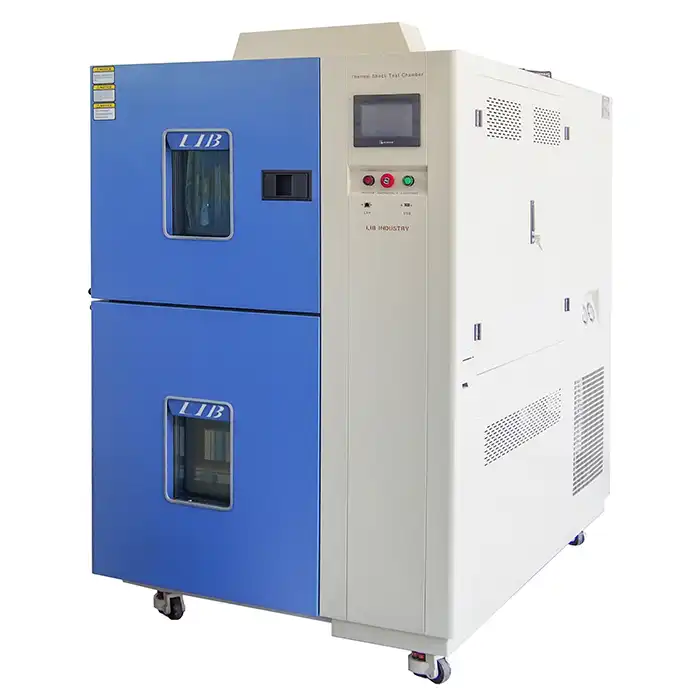
.webp)
